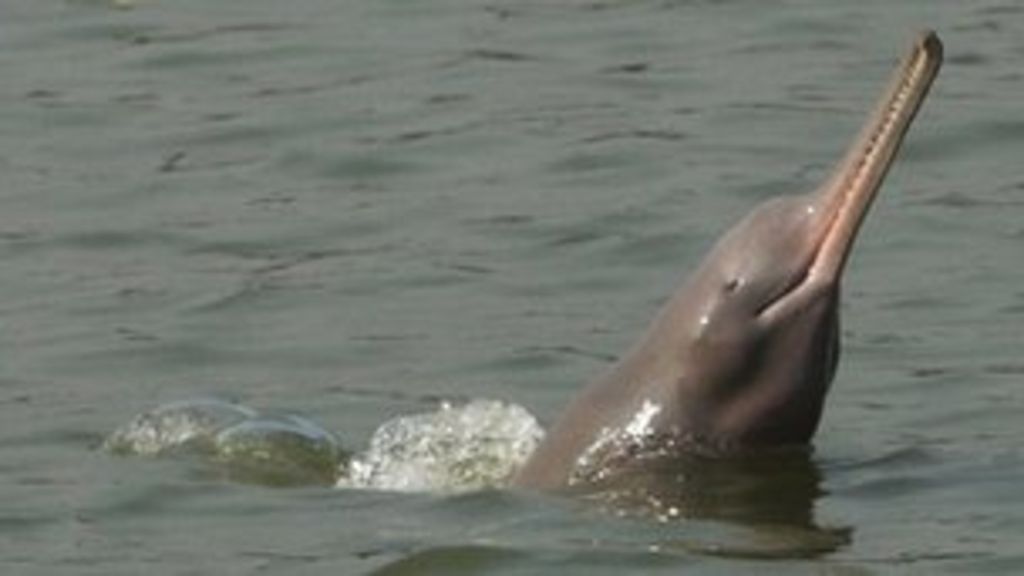Come and Join Us Here we give you stage to show your writing skills
The Ganges-Yamuna space was once densely wooded. Historical writings indicate that within the sixteenth and seventeenth centuries wild elephants, buffalo, bison, rhinoceroses, lions, and tigers were hunted there. Most of the first natural vegetation has disappeared from the river basin, and also the land is currently intensely cultivated to satisfy the wants of the ever-growing population. Giant wild animals are few, aside from ruminant, boars, and wildcats and a few wolves, jackals, and foxes. Solely within the Sundarbans space of the delta area of some geographical are tigers, crocodiles, and marsh ruminant still found.
Fish abound with all the rivers, particularly within the delta space, wherever they form a vital a part of the inhabitants’ diet. Within the geographical area of bengal common fish embody featherbacks (Notopteridae family), barbs (Cyprinidae), walking catfish, gouramis (Anabantidae), and milkfish (Chanidae). The river dolphin—or susu (Platanista gangetica), a virtually unsighted cetacean with extremely developed measuring device capabilities—can be found throughout the Ganges-Brahmaputra basin, however it's thought-about vulnerable attributable to invasive act. many sorts of birds area unit found, like minah birds, parrots, crows, kites, partridges, and fowls. In winter, ducks and snipes migrate south across the high Himalayas, subsiding in giant numbers in water-covered areas.
The Climatic Conditions of the Great Asian Holy River, GANGA #PART_3
At last I would like to convey that " Save Water, Coz day by day its being Shorter."
The Ganges-Yamuna space was once densely wooded. Historical writings indicate that within the sixteenth and seventeenth centuries wild elephants, buffalo, bison, rhinoceroses, lions, and tigers were hunted there. Most of the first natural vegetation has disappeared from the river basin, and also the land is currently intensely cultivated to satisfy the wants of the ever-growing population. Giant wild animals are few, aside from ruminant, boars, and wildcats and a few wolves, jackals, and foxes. Solely within the Sundarbans space of the delta area of some geographical are tigers, crocodiles, and marsh ruminant still found.
Fish abound with all the rivers, particularly within the delta space, wherever they form a vital a part of the inhabitants’ diet. Within the geographical area of bengal common fish embody featherbacks (Notopteridae family), barbs (Cyprinidae), walking catfish, gouramis (Anabantidae), and milkfish (Chanidae). The river dolphin—or susu (Platanista gangetica), a virtually unsighted cetacean with extremely developed measuring device capabilities—can be found throughout the Ganges-Brahmaputra basin, however it's thought-about vulnerable attributable to invasive act. many sorts of birds area unit found, like minah birds, parrots, crows, kites, partridges, and fowls. In winter, ducks and snipes migrate south across the high Himalayas, subsiding in giant numbers in water-covered areas.
The Climatic Conditions of the Great Asian Holy River, GANGA #PART_3
At last I would like to convey that " Save Water, Coz day by day its being Shorter."







No comments:
Post a Comment